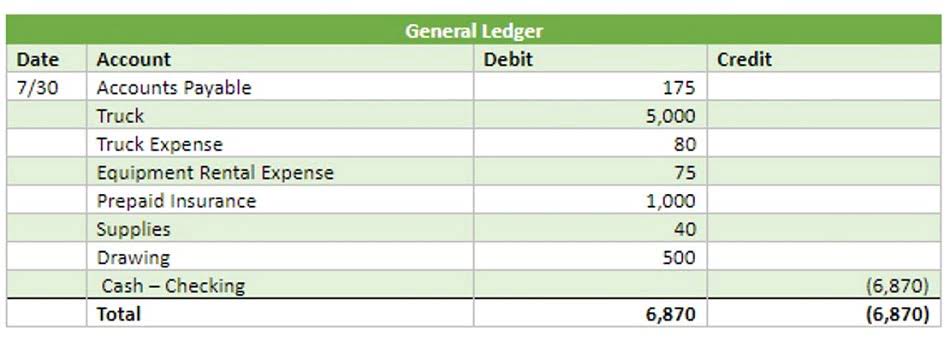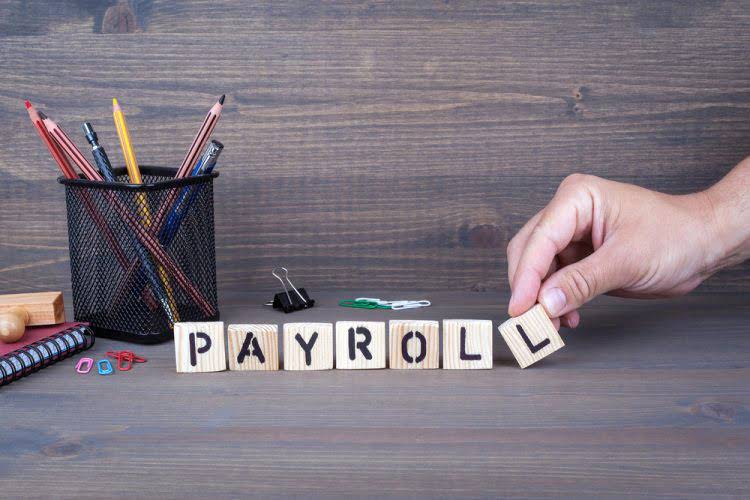Normal Balance Debit and Credit

Debit simply means on the left side of the equation, whereas credit means on the right hand side of the equation as summarized in the table below. As a result, companies need to keep track of their expenses and losses. Each account can be represented visually by splitting the account into left and right sides as shown. This graphic representation of a general ledger account is known as a T-account. A T-account is called a “T-account” because it looks like a “T,” as you can see with the T-account shown here.

What is the normal balance of an account receivable account?
- Capital, as a liability, stands for the debts and claims that the owners have against the company, such as dividends, wages, and loans.
- Test your knowledge of the normal balance for an account using our accounting quiz.
- Cash equivalents are short-term investments that you can convert quickly into cash with normal balances.
- You can use a T-account to illustrate the effects of debits and credits on the expense account.
- Depending on the account type, the sides that increase and decrease may vary.
- The balance of an account increases on the same side as the normal balance side.
When https://www.bookstime.com/ a financial transaction occurs, it affects at least two accounts. For example, purchase of machinery for cash is a financial transaction that increases machinery and decreases cash because machinery comes in and cash goes out of the business. The increase in machinery and decrease in cash must be recorded in the machinery account and the cash account respectively. As stated earlier, every ledger account has a debit side and a credit side. Now the question is that on which side the increase or decrease in an account is to be recorded.
The Importance of Multilingual Financial Forecasting for Global Businesses
To get started, let’s review some facts that you should already be aware of as a bookkeeper, accountant, small business owner, or student. We will apply these rules and practice some more when we get to the actual recording process in later lessons. The terms originated from the Latin terms « debere » or « debitum » which means « what is due », and « credere » or « creditum » which means « something entrusted or loaned ». When looking to assess your business’ financial performance, one of the most important metrics to keep in mind is EBIT (Earnings Before Interest… As a new business owner, there will be a variety of financial reports and terms that you may not be aware of.

Double Entry Bookkeeping

Sustainable methods, such as conservation, restoration, and the use of renewable energy, can help to preserve normal balance of capital and improve natural capital. Physical capital, which includes things like buildings, machinery, and vehicles, is a type of capital used by businesses. Physical capital can deteriorate over time, necessitating upkeep and replacement in order to maintain functioning and security.
Application of the rules of debit and credit

When you place an amount on the normal balance side, you are increasing the account. Overall, the importance of normal balances in accounting cannot be overstated. By understanding and applying normal balances, accountants can ensure the integrity and usefulness of financial information. A debit records financial information on the left side of each account.
Therefore, always consult with accounting and tax professionals for assistance with your specific circumstances. The general ledger net sales accounts that are not permanent accounts are referred to as temporary accounts. One of the main financial statements is the balance sheet (also known as the statement of financial position). Debit pertains to the left side of an account, while credit refers to the right. The Cash account stores all transactions that involve cash receipts and cash disbursements.
Financial model and financial plan: what’s the difference?
Every transaction has a corresponding impact on financial statements, and it is crucial to identify the appropriate categories to record these impacts accurately. This is where the concept of “normal balance” comes into play. As we can see from this expanded accounting equation, Assets accounts increase on the debit side and decrease on the credit side. Liabilities increase on the credit side and decrease on the debit side.

- The normal account balance for many accounts are noted in the following exhibit.
- Petty Cash is an asset account with a normal Debit balance.
- Businesses and investors can examine their financial health, make wise judgments, and formulate future plans by calculating their capital balance.
- This graphic representation of a general ledger account is known as a T-account.
- As a result, companies need to keep track of their expenses and losses.
You could picture that as a big letter T, hence the term “T-account”. When an account has a balance that is opposite the expected normal balance of that account, the account is said to have an abnormal balance. For example, if an asset account which is expected to have a debit balance, shows a credit balance, then this is considered to be an abnormal balance. Depending on the situation, capital can be both an asset and a burden. Capital serves as a symbol for the value of the investments and contributions that the business’s owners have made. Capital, as a liability, stands for the debts and claims that the owners have against the company, such as dividends, wages, and loans.

